A First-of-its-Kind Camera to Investigate the Moon’s South Pole
A thermal infrared camera aboard a lunar lander scheduled to head to the moon as early as 2022 could help determine which regions on the lunar surface have water trapped in them.
Assistant Professor of Physics Kerri Donaldson Hanna is working with the University of Colorado Boulder Professor Paul Hayne on NASA’s Lunar Compact InfraRed Imaging System (L-CIRiS). Hayne is the principal investigator on the project in partnership with Ball Aerospace.
The L-CIRiS instrument will scan the landing site and collect thermal images of the lunar surface. These images will be used to create maps of the moon giving scientists a better understanding of the composition and physical properties of the regolith and rocks directly at the landing site, Donaldson Hanna says. This particular instrument is expected to be sent to the south pole of the moon.
“The south pole is tantalizing to us because observations from multiple spacecraft have suggested the south pole could hold water ice and other materials seen as the building blocks of life,” Donaldson Hanna says. “The camera is set up to search for areas cold enough to retain water and volatiles like carbon dioxide, methane, and sulfur-bearing species.
She emphasizes the importance of this work for the future of long-term space exploration or habitation.
“If we ever want to send humans for a longer term to the moon and Mars we need to know what resources are available on the moon and elsewhere,” she says. “What we learn will not only help us understand the moon, but it will give us insight into potential resources on asteroids and other planetary bodies.”
Donaldson Hanna’s experience on other lunar missions including the Diviner Lunar Radiometer Experiment onboard NASA’s Lunar Reconnaissance Orbiter made her one of the best-qualified people to tackle the compositional analysis on this mission. Donaldson Hanna’s contributions on Diviner helped produce the first compositional maps of the moon’s crust based on its thermally emitted radiation.
Donaldson Hanna and undergraduate student Adam Bedel have been working to select filters for the thermal camera so it can collect the best high-resolution images for mapping the composition of the surface around the landing site. Finding the right set of filters is no easy task. In total there will be four filters on the thermal camera and Donaldson Hanna and Bedel are selecting three of them for the compositional data set. The team has been numerically modeling the best combination of filters using code previously developed for Diviner and spectral measurements of lunar soil samples from the Apollo missions in Donaldson Hanna’s lab at UCF.
“I repurposed code from the Diviner Lunar Radiometer to optimize infrared filters for maximum signal-to-noise ratio, which will be used to help diagnose the mineralogy of lunar soil,” Bedel says. “The work done by the L-CIRiS team is crucial to our understanding of the formation of the moon and our solar system. By learning how the moon formed, we will be able to create new models for planet formation and better predict the presence of Earth-like exoplanets around distant stars.”
Donaldson Hanna’s is now working on three moon-based mission. She continues to work on the Diviner mission, which is ongoing and she is also part of NASA’s Lunar Trailblazer mission to map the water cycle on the moon, which is scheduled to launch in 2025.
L-CIRiS will head to the south pole of the moon onboard Masten’s XL-1 lunar lander as part of NASA’sCommercial Lunar Payload Services (CLPS) program, which is part of the Artemis program. Instruments from other research institutions will join L-CIRiS on the XL-1 lander and are expected to launch to the moon in 2022 as a non-crewed demonstration mission ahead of sending astronauts there by 2024.
Bedel, who is majoring in computational physics and minoring in mathematics, computer science, and astronomy, is working on a project that is helping him achieve one of his childhood dreams.
“I’ve always wanted to work on NASA projects; since I was a boy in grade school, I would always tell my teachers how someday I would build rockets and go to the moon,” he says. “That passion for discovery has never left me and my dream of assisting in missions to outer space is being realized.”
Donaldson Hanna received her bachelor’s degree in space sciences from the Florida Institute of Technology in 1999, her master’s degree in geological sciences from Brown University in 2010, and her doctorate in geological sciences from Brown University in 2013. Donaldson Hanna was a postdoctoral researcher within the Atmospheric, Oceanic, and Planetary Physics sub-department at the University of Oxford before receiving a UK Space Agency Aurora Research Fellowship to continue her research at Oxford for an additional 3.5 years. While at Oxford, she held a Junior Research Fellowship at Christ Church College and was awarded the early career Winton Capital Geophysics Award from the Royal Astronomical Society. She joined UCF in 2019.
Share This Article
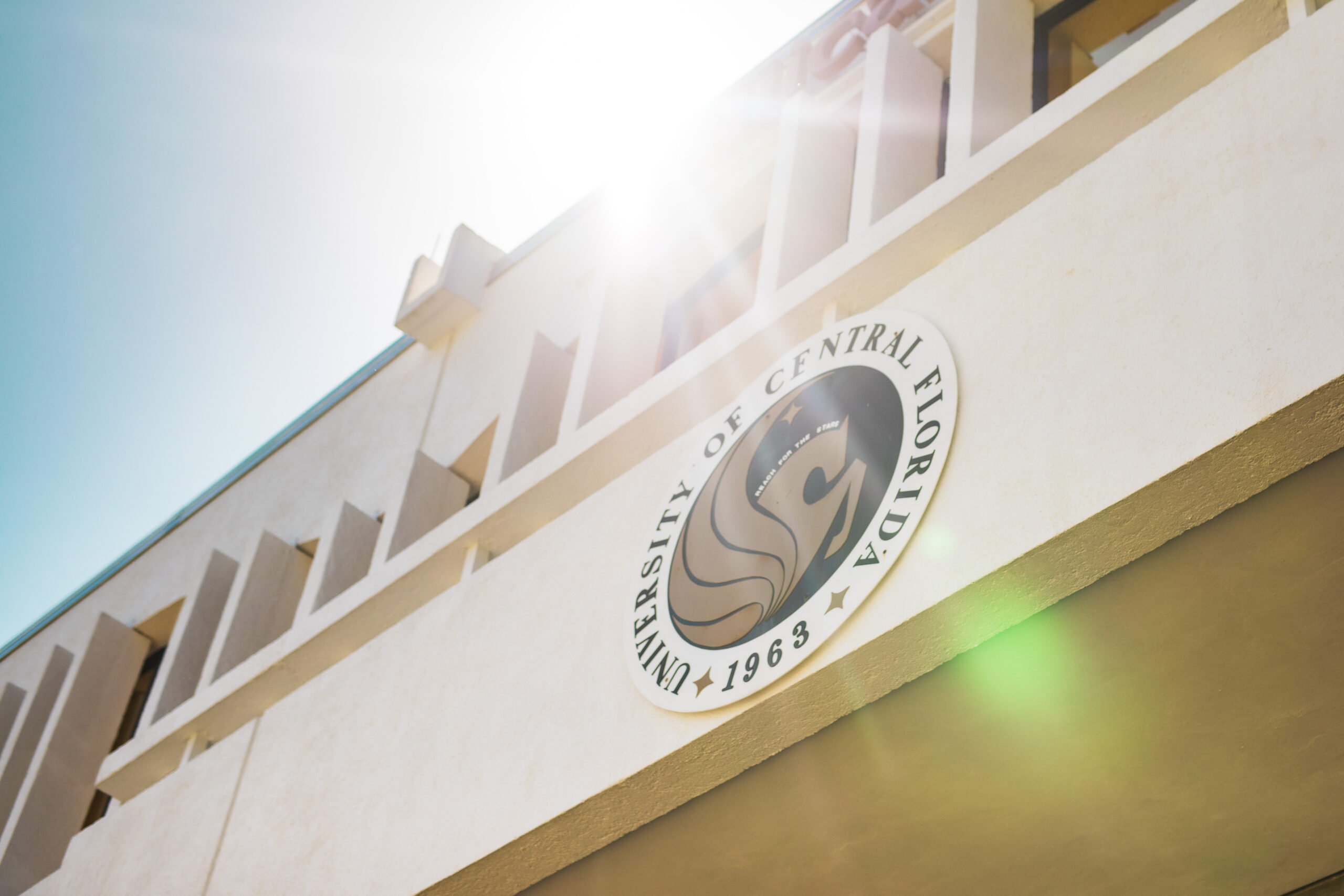
UCF Women’s Club Honors 3 Graduate Students with Prestigious Sheila B. Somerville Scholarship
Financial support is often the cornerstone of academic success, and for many students, scholarships open the door to higher education. Beyond easing financial stress, these awards provide recognition, motivation, and a...
Latest News
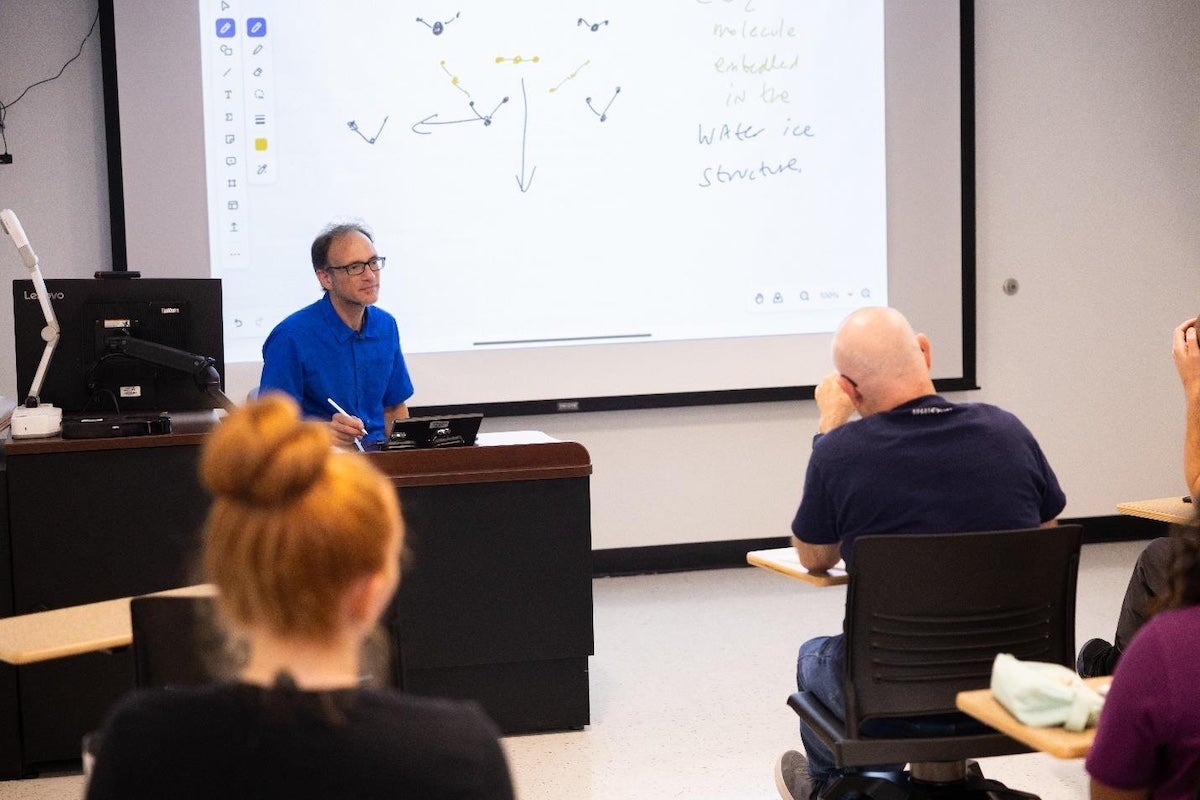
UCF Launches 1st Planetary and Space Sciences PhD Program in Florida
As SpaceU, UCF is pushing the boundaries of exploration by launching a groundbreaking new doctoral program in the planetary and space sciences. Now, aspiring researchers can apply to the inaugural cohort of...
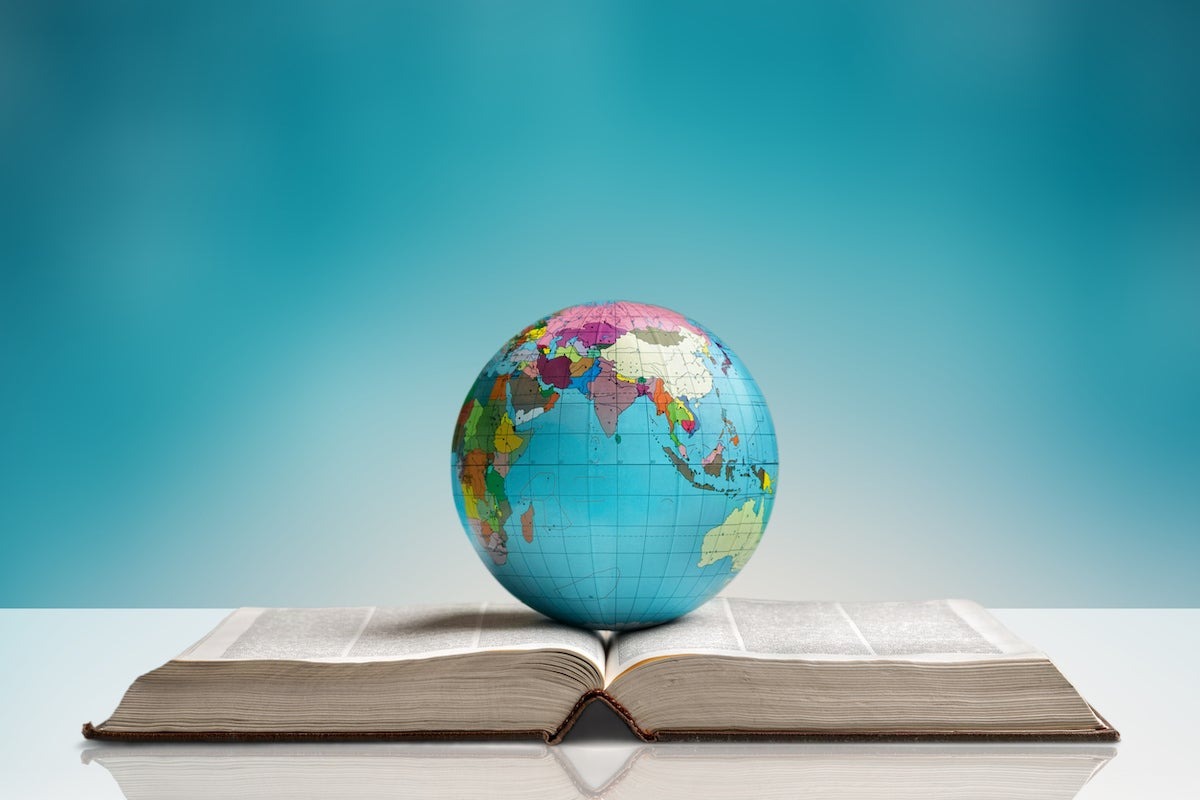
UCF Fulbright Awardees Bring Their Passions to a Global Scale
Each year, the Fulbright Program offers opportunities for American students to conduct research, teach English, or pursue graduate study abroad. One of the most prestigious international exchange programs in the...
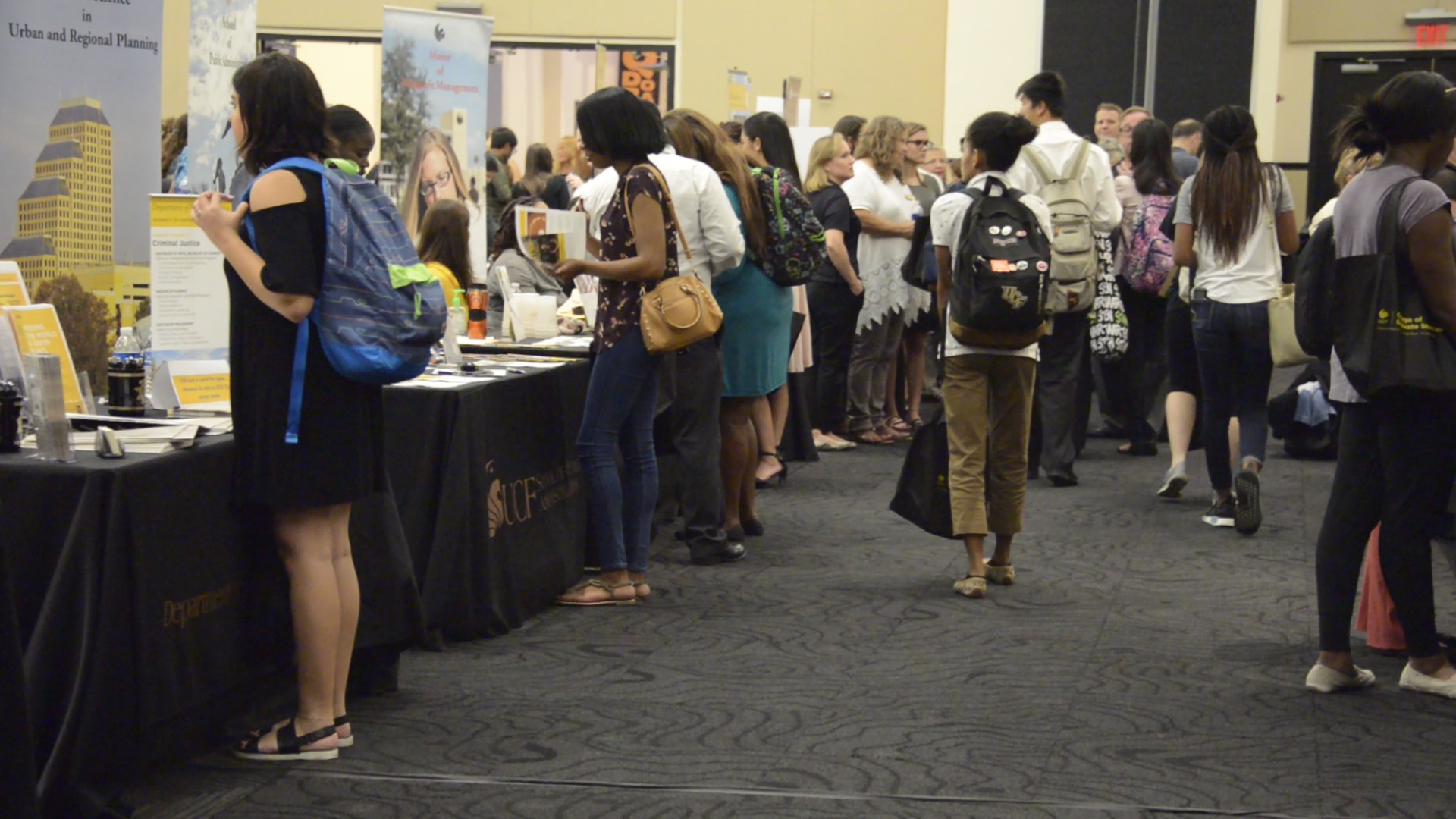
Unleash Opportunities with a UCF Graduate Degree
A graduate degree has the power to unleash opportunities by expanding careers, opening doors to new fields, and increasing lifetime earnings. According to the U.S. Bureau of Labor Statistics (2024),...
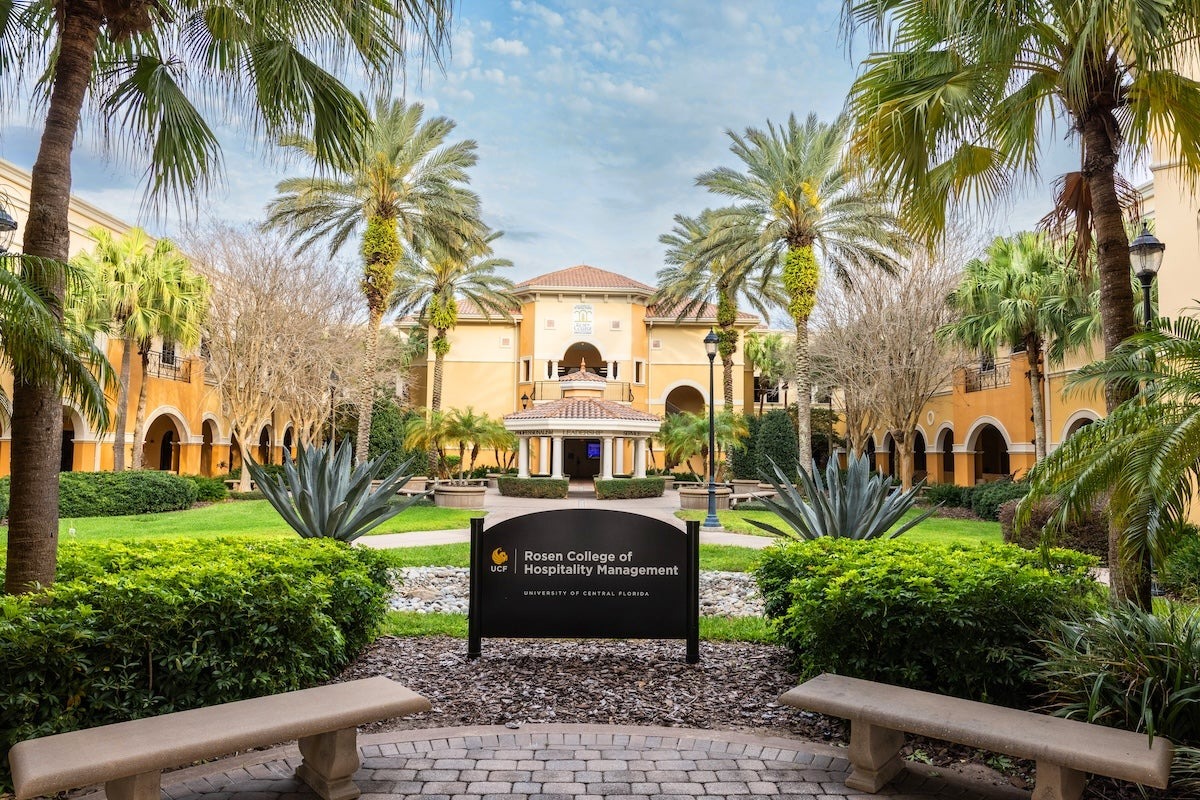
UCF Rosen College Ranks No. 1 in the World for Hospitality Education for 2025
One of the most anticipated theme parks in the world is about to open its gates — and right next door, the No. 1 hospitality and hotel management school on...